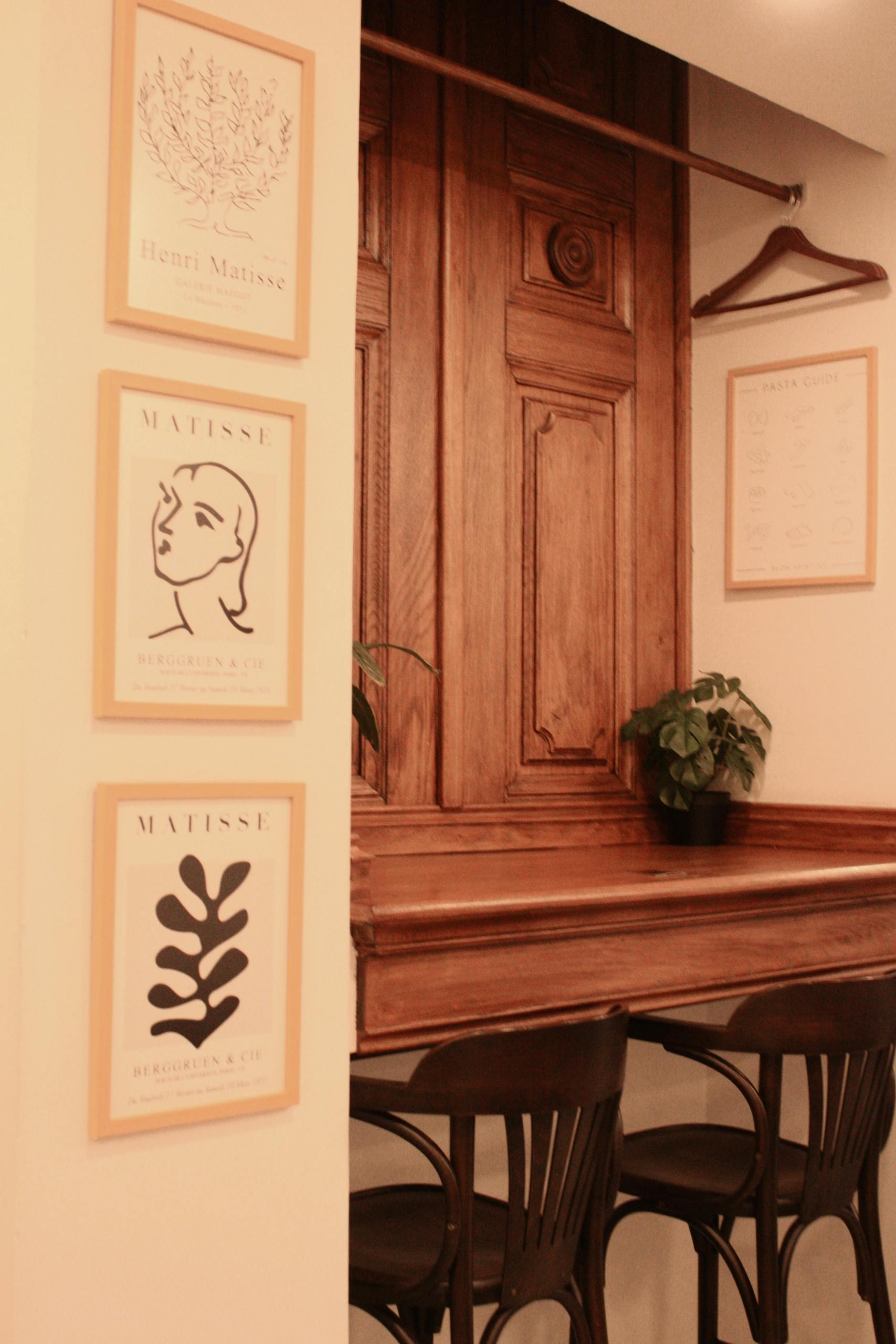Exploring the Tate Modern: A Closer Look at Henri Matisse’s The Snail (1953) and Jacqueline Humphries’ ~?j.h% (2018)
The Tate Modern continues to be a vibrant hub for contemporary and classical art, offering visitors a unique opportunity to engage with masterpieces across various eras and styles. Among the current exhibitions, a noteworthy pairing draws attention: Henri Matisse’s renowned paper cut-out artwork The Snail (1953) and the contemporary piece ~?j.h% by Jacqueline Humphries (2018).
A Fascinating Artistic Encounter in the Same Space
What makes this pairing particularly intriguing is not merely the coexistence of these works but their placement within the same room—specifically, the Level 2 East Room 12 of the Natalie Bell Building. Despite their proximity, there appears to be a surprising lack of photographic documentation capturing both works together in a single frame.
The Significance of the Works
Henri Matisse’s The Snail is an iconic piece from his later period, exemplifying his mastery of cut-outs and bold compositions. It reflects his innovative approach to form and color, influencing generations of artists and viewers alike.
Jacqueline Humphries’ ~?j.h% (2018), on the other hand, epitomizes contemporary abstraction, blending digital influences with traditional painting techniques, and exploring the relationship between color, form, and perception.
A Call to Visitors and Art Enthusiasts
If you happen to be visiting the Tate Modern soon and have the opportunity to photograph this particular room, sharing an image that captures both artworks together would be immensely valuable for the art community. Such visual documentation not only enhances appreciation but also aids scholars and enthusiasts who are unable to view the pieces in person.
Conclusion
The juxtaposition of Matisse’s classic The Snail with Humphries’ contemporary piece reflects the museum’s commitment to showcasing a diverse spectrum of artistic expression. As exhibitions evolve and artworks move within galleries, capturing these moments enriches the collective appreciation of art in its myriad forms.
If you’re planning your visit, keep an eye out for this remarkable pairing and consider contributing to the documentation by sharing your photographs. Art, after all, is best experienced—and remembered—through collective engagement.

